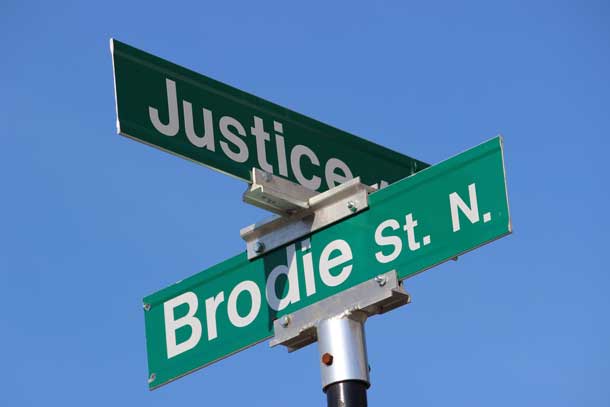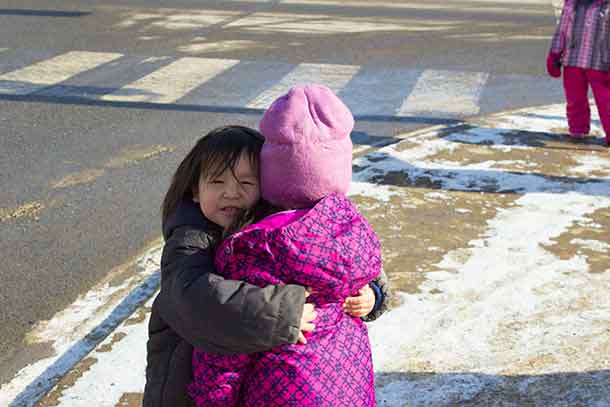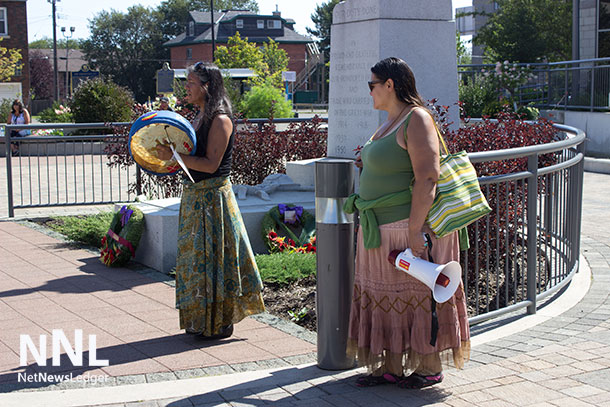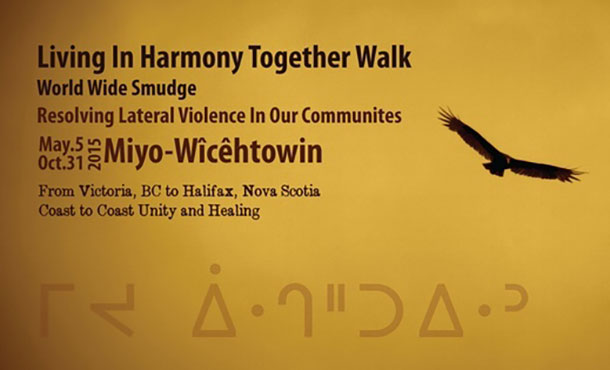THUNDER BAY – Lateral violence has across First Nations communities become an all too frequent and destructive pattern of life for far too many people. Lateral violence is a learned response to conditions, where anger and frustration are turned inward.
NWAC states that “Aboriginal people are now abusing their own people in similar ways that they have been abused. It is a cycle of abuse and its roots lie in factors such as colonization, oppression, intergenerational trauma and the ongoing experiences of racism and discrimination.
Through these factors, Aboriginal people now become the oppressor and within the workplace or community they now direct abuse to people of their own gender, culture, sexuality, and profession”.
Lateral violence can happen as an Indigenous person works to overcome obstacles to their lives and sees those around them seek to drag them down. Often called the “Crab Pail” effect, it can destroy one’s willingness to move forward.
It happens at all levels of Indigenous society, as well as in many other cultures. It can range from verbal abuse, right up to physical abuse.
In Indigenous society, it can destroy people and damage communities as the people turn their anger and rage toward society inward toward their friends, family members, and increasingly to Chiefs and Councils.
People end up gossiping, insulting, and attacking the very people around them who could and can be the ones who make a difference.
It happens from the homeless person on the street right up to the Chiefs and Councils, and even to the National leaders.
The Native Women’s Association of Canada states, “It can really be really disheartening if you are the target of lateral violence in the workplace. Most people enter into an Aboriginal organization expecting that in working with their own people they will be supported and encouraged. Instead you find yourself now working with the very people who are bringing you down and making things hard for you”.
“What did you do wrong? In most cases, you did absolutely nothing. Lateral violence is more about what is wrong with the aggressors than the receiver of their aggression.”
Ever hear the term “Indian Act Chief”?
That is a prime example of lateral violence.
Ontario Regional Chief Isadore Day states, “The IA labeling of Chiefs must end! Those who may cast this word around, remember this, nowhere in any of the processes of leadership selection are those so-called ‘acquired titles’ is this ever placed on or imposed on our elected Chiefs.
“The work that the vast majority of our elected leaders carry out is based on the responsibilities placed before them by their people”.
“I have 133 First Nation Chiefs that I serve and they have hundreds and thousands of people that elect them,” adds the Regional Chief. “Sure, it’s the Indian Act, I for one HATE the Indian Act, but I love the Chiefs and their people; and I simply can’t stomach any longer our own people flinging that label around; for whatever justification – we simply must help our Chiefs help their citizens”.
“I for one respect and thank each Chief who takes the time, effort and are willing to take pressure and often abuse from their own, in an effort to try to make a difference for their people”.
Lateral violence in the community
Shaming, insulting, gossiping and in general putting down each other is a common practice in many communities. People who speak up are shouted down, often not to their faces, but behind their backs. Those efforts eventually create a culture where people who want to make a difference simply decide to stop trying.
It is almost as if the oppression of colonization shifts and the people become their own oppressors. It is time for that kind of behaviour to stop.
Lateral violence is a major factor across Northern Ontario that is hurting people – It is time for a better way forward.







